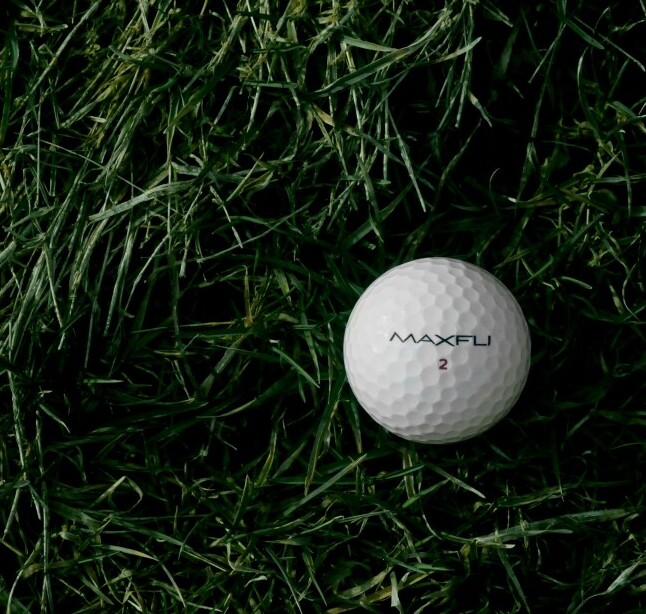How To Hit Golf Ball Out Of Rough


Fore! Quick note: a few links here are affiliate links. If you snag gear through them, I earn a small commission — no extra strokes added to your game.
Hitting into the rough can turn a great round into a frustrating slog. The rough, with its thick and unruly grass, makes it difficult to control your ball and can add strokes to your score quickly. The challenge is real, but understanding why you should avoid it can help you play smarter. The golf viking is here to help guide you through that thick, uncut, nasty stuff.
The rough isn’t just about thick grass; it messes with your club grip and the ball’s trajectory. When you’re playing from the fairway, you have a clearer path and better control, but the rough can cause unpredictable bounces and stops. This loss of control is why accuracy is so important. The difference between hitting from the fairway and hitting from the rough regularly can end up being huge on the scorecard. So if you can manage to keep out of the rough and stay in the fairways consistently, you will be well on your way to a strong golf game.
Psychologically, the rough can get into your head. Seeing your ball veer off course into the thick stuff can be demoralizing. It creates unnecessary pressure, affecting your focus on the next shot. Confidence is key in golf, and avoiding the rough helps maintain that mental edge. When you are consistently hitting the ball into the fairways, you have more confidence and feel better about your chances on that hole.
Keeping the ball on the fairway has major advantages. First, it keeps your opportunities open for lower scores. Second, it saves energy and reduces stress, keeping your game enjoyable. Golf is a game of skill and patience. Staying out of the rough as much as possible is a smart way to keep your round smooth and stress-free. Let’s get into how we’re going to get your ball out of that thick stuff.
Your stance and balance are critical for clean contact. Learn more in correct golf stance for irons.
Ready to level up your golf game? Click here.

Techniques for Successfully Hitting a Golf Ball Out of the Rough
Selecting the right club is your first step. In the rough, using a club with more loft, like a wedge or a short iron, can help you get the ball airborne and back into play. The longer irons might not cut it through the thicker grass, and you could end up in an even worse spot.
In situations like these you may need to sacrifice some distance in order to give yourself a better shot on your next try. This is part of the strategy you must consider when hitting balls into the rough. There may be times when you have a good lie and you aren’t too deep in the rough that you may be able to hit a longer iron to get it towards the green.
There may also be times when you need to play a smaller club in order to make sure you get it onto the fairway, even though you may lose some distance. If you try to swing hard and hack at the ball with the wrong club, your ball may end up going astray.
Adjusting your stance and grip makes a world of difference. Stand with your weight slightly on your front foot and choke down on the club a bit. This stance helps you make cleaner contact with the ball and manage the thick grass better. Keeping your balance is key here, so keep your stance a touch wider too.
There may be times when you’re on a hill or in an awkward position while hitting from the rough, so balance can really be key in hitting a decent shot. If you swing at the club and lose your footing or balance, your shot could end up in even more trouble. Keep a strong foundation in your legs so that you don’t swing wildly.
Managing the grass and obstacles is an art. You want to aim to hit the ball first, not the grass. A steep angle of attack can help achieve this. Visualize a clean strike and commit fully to the shot. Don’t be tentative – the rough demands confident swings. It’s important to keep your eyes on the ball in order to achieve good contact. Hitting the grass before you hit your ball can cause your ball to not go very far.
Gauging distance and power correctly can save you strokes. The thicker the rough, the more it will slow your ball. Adjust your power accordingly. It might be tempting to muscle it out, but controlled and precise swings usually work better. Aim to get back on the fairway rather than going for maximum distance.
If the rough seems to be too thick to make a good shot, the smart play would be to hit it into the fairway so that you aren’t compounding mistakes by risking another bad shot from the rough. Hitting out of the rough can be a frustrating endeavor, so the best way to handle this is to not hit in the rough at all! Let’s get into how to get better accuracy in your swing so that you can hit the ball straight, as this will truly be your best defense against the rough.
Different types of lies affect shot strategy. Improve technique with how to play uneven lies in golf.

Adjusting Your Play to Minimize Rough Encounters
Accuracy is your ally. One of the best ways to avoid the rough is to improve your accuracy off the tee. Practice drills focusing on hitting fairways can go a long way. Try visualizing a narrow target zone and aim to land your ball within it. Consistent practice builds muscle memory, helping you find the fairway more often.
Understanding the course layout can save you from the rough. Study the hole before you tee off. Knowing where the hazards and rough areas are can help you plan your shots better. Strategic play means sometimes aiming for a safer spot even if it might not be the longest distance. Sometimes just having awareness of the hole layout can keep you in the right spots so that you won’t have to worry about hitting from the rough at all. So be aware of the curves of the fairway to be best prepared for an accurate shot.
Next up, practice drills are your friend. Incorporate precision drills into your routine. Aim small, miss small is the mantra here. The more you work on hitting small targets on the range, the more control you’ll have on the course. There are even golf simulators that can help you trace your ball trajectory so you can see where you are going wrong with your swing.
Don’t forget about course management. Playing smart includes knowing when to take risks and when to play it safe. If a hole has a narrow fairway, consider using a 3-wood or hybrid instead of a driver. The goal is to keep the ball in play and avoid unnecessary penalties. Sometimes playing too risky or taking unnecessary gambles on the course can lead to your balls ending up in the rough when they don’t need to be.
Staying out of the rough isn’t just about physical skill. It’s also about mental discipline and sound strategy. Avoiding the rough can make your round more enjoyable and less stressful. Keeping the ball in play means you’ll have more opportunities to score lower and have a better overall experience on the course. I’ll see you out on the course, on the fairways to be sure!
Choosing the right club can make rough shots easier. See our guide on how to know what club to use in golf.


